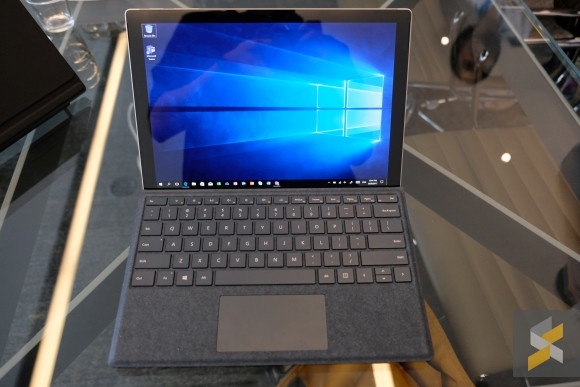Microsoft’s Surface Pro lineup have pretty much set the standard for the 2-in-1 detachable category. I don’t think there’s a device in the market right now that can really match the package Microsoft offers with their Surface Pro.
But, like Surface Pros tend to be, they’re very expensive and that usually begs the question: Is it worth the premium over the other, more affordable, 2-in-1 detachables in the market? Well, today I got to spend some time with Microsoft’s latest Surface Pro and here’s what I think.
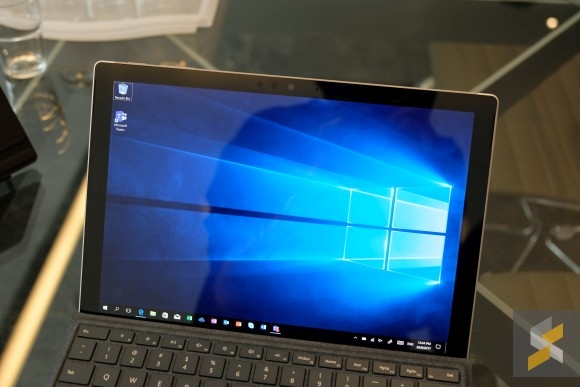
Before I begin, let’s get some specs out of the way. Microsoft’s new Surface Pro isn’t so much a new device than it is a refresh of the old Surface Pro 4. As a result, you get the usual bump in specifications including an upgrade to the newer 7th generation Intel Core processors (m3, i5 and i7) plus several nice hardware upgrades. These include a more refined magnesium shell with more rounded corners and more recessed cooling vents for a sleeker overall look. At a glance, though, don’t expect the untrained eye to be able to distinguish it from its predecessor.
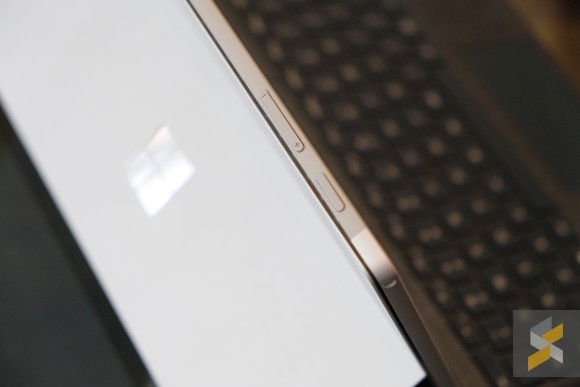
Besides that, the Core m3 and Core i5 models are also completely fanless, which makes the device lighter than the Surface Pro 4. A reduction in weight for something you usually carry around all-day is definitely a welcomed feature.
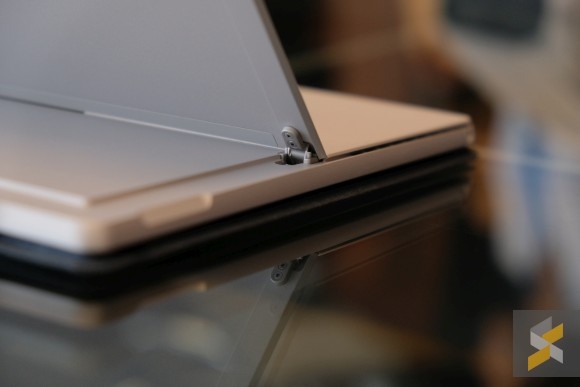
Further, Microsoft also developed a brand new hinge mechanism for the Surface Pro which means it can now open far further than it used to, giving users access to a new stand mode called “Studio” where the Surface Pro is practically lying flat. This is designed for people who do artsy stuff and want to draw/paint on their Surface Pros.
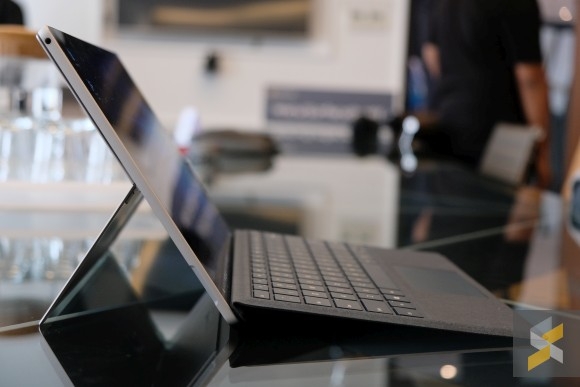
As good as those upgrades are, the best part about the 2017 Surface Pro, though, has to be the remarkable bump in battery life. This new device will last 50% longer than the one it precedes, bumping maximum time on battery up to a staggering 13.5 hours.
That said, while on the surface everything seems amazing, there’s one big omission that Microsoft made with the Surface Pro 2017 that I simply cannot forgive: Its I/O.
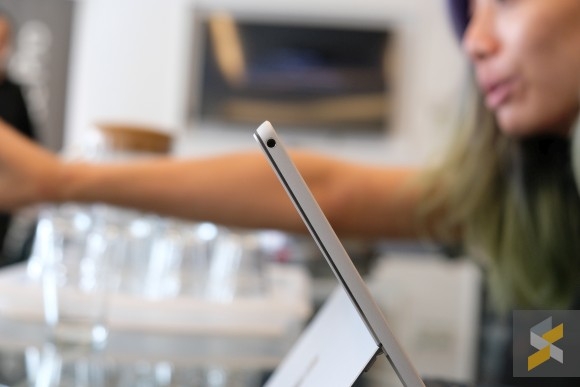
For a brand new — very expensive — flagship product which pretty much leads the entire market, the new Surface Pro doesn’t come with a USB Type-C port. Instead, you get a Surface Connector, a microSD card slot, a mini DisplayPort, and a full-sized USB Type-A port.
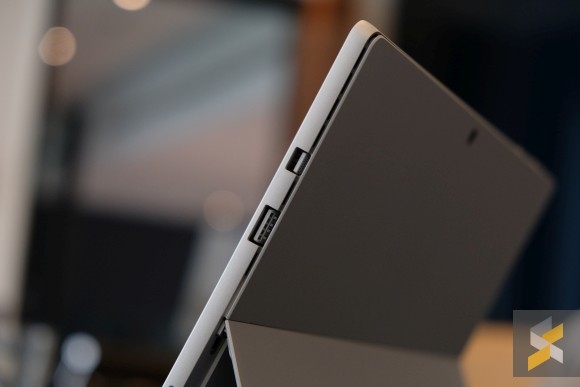
When I asked the Microsoft representatives during the workshop/event today, their answers — that ranged from somewhere along the lines of “it’s better for the consumer” to “there is no industry standard for USB C” — seemed more like they were trying to convince themselves rather than a legitimate reason.
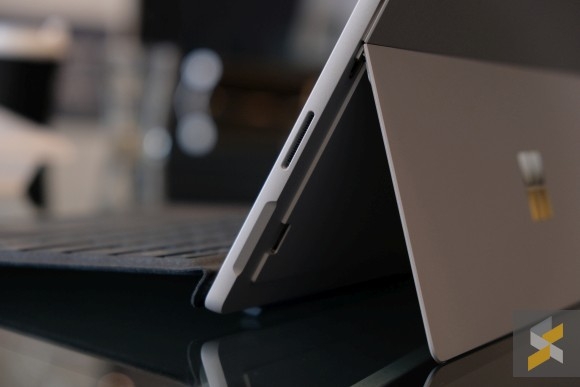
As market leaders — industry leaders, even — why are Microsoft waiting around for an “industry standard” for USB C? Shouldn’t they be the ones to set the standard for the world to follow? With the Surface Pro lineup being the household name that it is, surely Microsoft has enough influence to push this new standard of technology. To show the world how it’s supposed to be done.
Just look at Apple, they up and decided one day that they were only going to use USB C on their laptops. And the world fell into place behind them.
But I guess I’ve beat this dead horse enough times, so let’s move on to the big thing that I set out to investigate with this new Surface Pro.
Is it worth the premium?
[nextpage title=”The law of diminishing returns”]
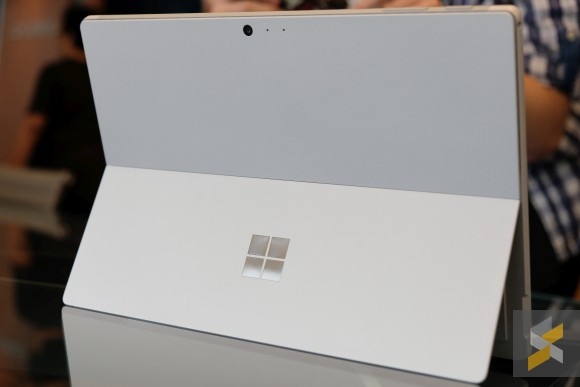
For the last two weeks, I’ve been using Acer’s Switch 5 as my daily driver. It’s got a lot in common with Microsoft’s Surface Pro with the biggest differentiating factor being its price tag. The Switch 5 I have here comes with an Intel Core i5, 8GB of RAM and 256GB of internal storage and it’s priced at RM3,999.
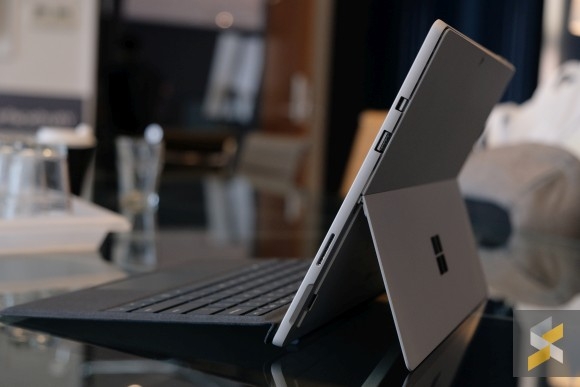
If we were to spec a 2017 Surface Pro like that, you’re looking at a price tag of RM5,899 or RM6,568 if you want a Type Cover, which you do. And we haven’t even included the cost of a Surface Pen (RM299) where Acer also bundles a stylus with the Switch 5.
For a premium of about RM3,000, what are you getting with the Surface Pro that you don’t get with the Switch 5?
Picking them both up, weight is the most obvious difference. The Surface Pro is significantly lighter than the Switch 5 — almost comically so — while also feeling more premium in the hand. Its fit and finish is simply something the Switch 5 can’t match. While Acer’s offering feels like an off-the-shelf OEM design, the Surface Pro feels like a precisely engineered marvel.
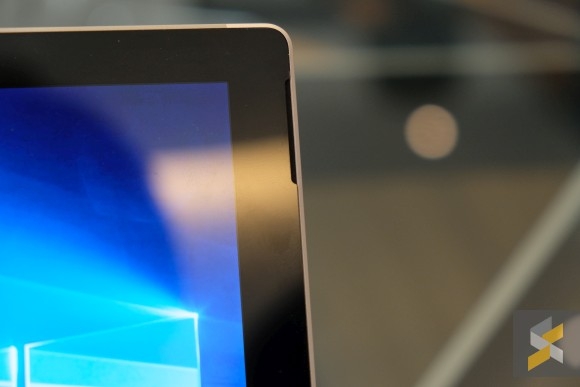
Speakers, would be the next big difference. Surface Pro speakers have always been pretty good and Microsoft says this new one is even better. Though I can’t personally confirm how much better the Surface Pros speakers are because I didn’t get a chance to test them, I can say that it will take some effort for any device’s speakers to sound worse than the Switch 5’s.
And lastly, if the Surface Pro’s battery life is anywhere near its quoted time of 13.5 hours, it will be miles better than the Switch 5, of which I only managed about 5 hours of usage on a single charge.
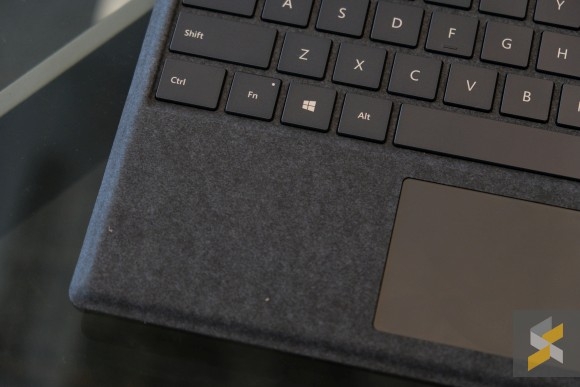
Besides that, I really didn’t find anything else that I’d call a clear win for the Surface Pro, at least, based on my first impressions. The new hinge is arguable because while the Surface Pro’s kickstand is much sturdier, I like the Switch 5’s auto-retracting kickstand — at least for my workload. Their displays are also pretty comparable.
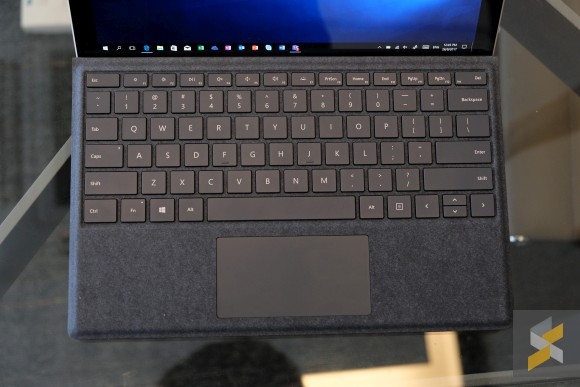
Oh, and that RM669 Type Cover? I actually prefer the typing experience on the Switch 5’s bundled keyboard better (though I like that Microsoft didn’t put the Page Up and Page Down keys right above the arrow keys). I think Acer’s keyboard has a more satisfying click to it.
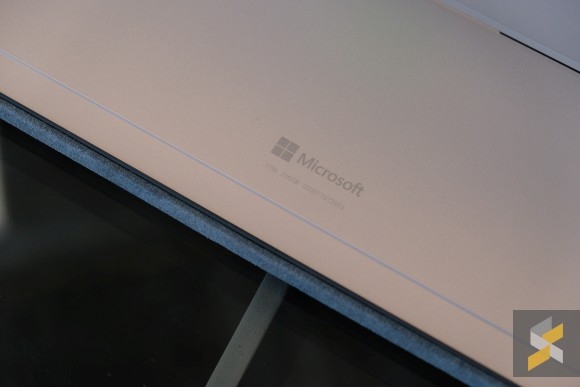
So is the Surface Pro worth the RM3,000 premium over Acer’s Switch 5? For me, that’s a big fat no. But is the Surface Pro a better laptop than the Switch 5? Absolutely…well, except for the lack of USB C. The way I see it, you’re really paying for the little things here — weight reduction and battery life — and if you have the cash to burn, then yes, go for the Surface Pro. If you’re on a budget, from my personal experience, the Switch 5 can do pretty much everything the Surface Pro can just as well.


